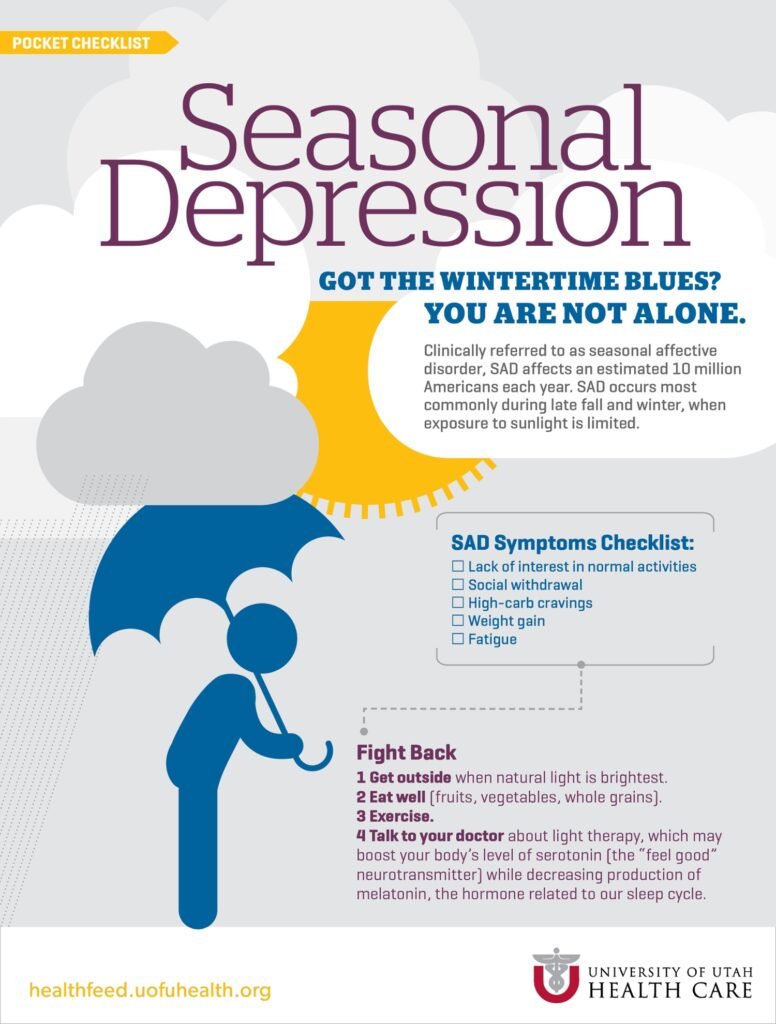
Amitabh Psychology is on a mission to transform one crore lives positively leading them to a world of happiness.
Life is a rollercoaster ride, and everyone has their low days every once in a while. Still, if your bad days are outnumbering your good ones, you might be in clinical depression, But fret not; with a vast amount of research on depression treatment, there are several antidepressants, counselling styles and lifestyle changes that you can adopt to fight it off like a warrior.
There are several types and causes of depression. Events in your life may play a role in some, while chemical changes may be responsible for the other. Whatever the underlying cause of depression, ensure that you reach out to your therapist to determine the type of depression you are suffering. Timely diagnosis and the right treatment can make all the difference.

If you are suffering from unpredictable extreme highs and lows episodes, you might be a patient of bipolar disorder or manic depression.
However, traditional antidepressants are not always recommended over placebo options as bipolar disorder treatments. Some of these traditional antidepressants tend to increase the frequency of episodes, particularly those of the “high” phase.

The symptoms of Seasonal Affective Disorder are very similar to those of bipolar disorder during the “low” phase. However, they majorly occur during the winter season when the days become shorter and nights become longer. With the coming of spring and summer, these patients often start feeling much better.
Again, the symptoms of psychotic depression are pretty similar to the ones experienced in the “low” phase of bipolar disorder. However, they are accentuated by “psychotic” activities as below–
If your depression is triggered after childbirth, you might be suffering from peripartum or postpartum depression.
Antidepressants can be used as a treatment for postpartum depression.
The bottom line
If you or your loved one is suffering from suicidal thoughts, get help at the earliest. We are always there by your side.

Amitabh Psychology is on a mission to transform one crore lives positively leading them to a world of happiness.